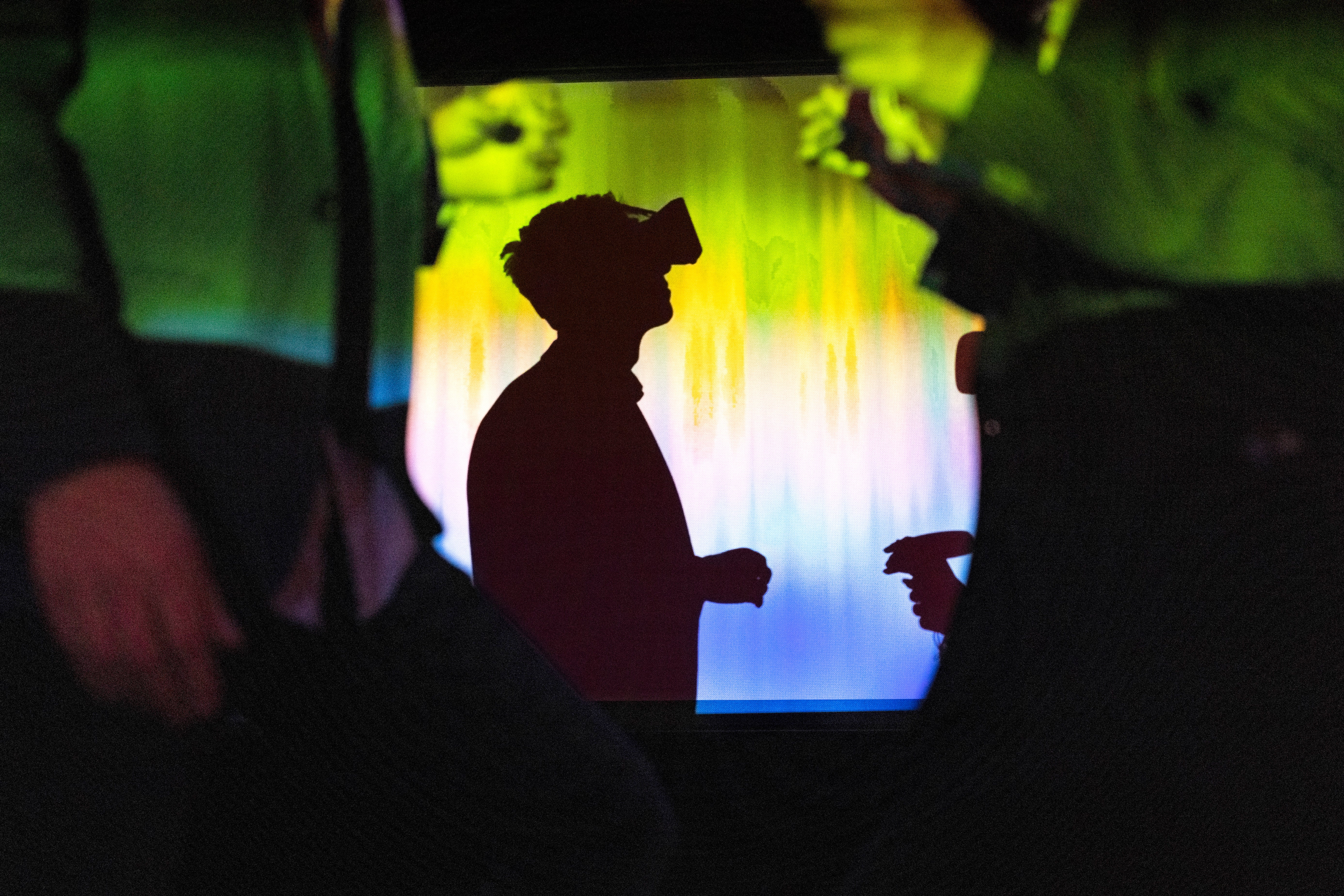
A young man enters a busy, dimly lit pub in Amsterdam alone to await the arrival of friends. A faint dance beat plays in the background. A drunken man approaches the bar and orders drinks in a loud, obnoxious manner. He proceeds to taunt the newcomer, burp in his face and bark, “What? Am I hitting on you or what?”
On a virtual-reality (VR) headset where this scene plays out, a question is superimposed on the screen: “How do you feel at this moment?” The headset-wearer, who is watching the scene from the point of view of the newcomer, can then shift their eyes to rate their level of disgust, anger, annoyance, fear, excitement and other emotions using a scale from one, “not at all,” to seven, “very much.”
This exercise is part of a study designed to decode how emotions influence criminal behavior, a research area that has been understudied in criminology, says Shaina Herman, a criminologist at the Max Planck Institute for the Study of Crime, Security and Law in Freiburg, Germany. “We are using virtual-reality technology where we can put participants in an immersive crime opportunity. The goal is to manipulate their real-time emotions,” Herman commented in a session on crime and justice decision-making on February 16 at the annual meeting of the American Association for the Advancement of Science (AAAS) in Denver, Colo. The simulation is designed to probe how a person makes the decision to react—to commit a crime, say, or to intervene to stop one—when confronted with an emotionally intense situation.
On supporting science journalism
If you’re enjoying this article, consider supporting our award-winning journalism by subscribing. By purchasing a subscription you are helping to ensure the future of impactful stories about the discoveries and ideas shaping our world today.
Herman’s work could help explain why people commit crimes in the heat of the moment—those such as second-degree murder, assault, domestic abuse and some types of theft. It…
Read the full article here






